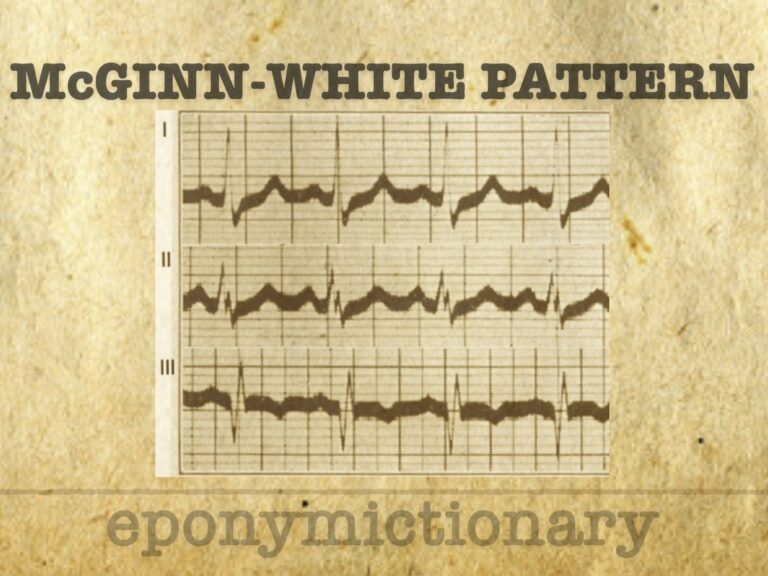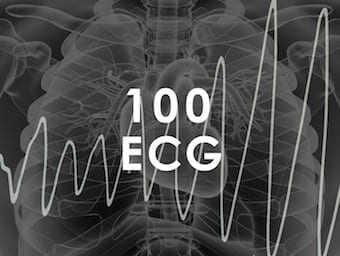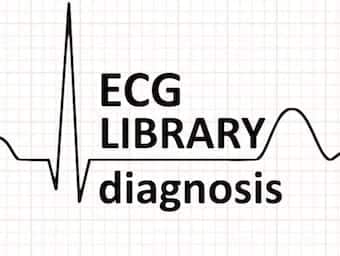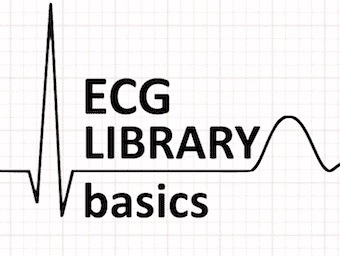
McGinn-White pattern
S1Q3T3 McGinn-White pattern indicates right heart strain and predicts severe PE outcomes. ECG sign of pulmonary embolism described in 1935.

S1Q3T3 McGinn-White pattern indicates right heart strain and predicts severe PE outcomes. ECG sign of pulmonary embolism described in 1935.

Sylvester McGinn (1904–1984); American cardiologist; McGinn-White sign (S1Q3T3) in pulmonary embolism; pioneer in Boston cardiac care and research.

Network Five Emergency Medicine Case 1 discussing an interesting case of a patient who presents with chest pain and pre-syncope.

A 60yo female presents with 2 weeks of dyspnoea, pleuritic chest pain and bilateral calf tenderness. She is worked up for possible pulmonary embolus

Network Five Emergency Medicine Journal Club Episode 11 - Pulmonary embolism with PERT teams, YEARS and the RELAX-PE studies

A 78-year-old man presents following a self-resolved episode of right axillary pain. Add this characteristic ECG pattern to your list of spot diagnoses.

The ECG changes associated with acute pulmonary embolism may be seen in any condition that causes acute pulmonary hypertension, including hypoxia causing pulmonary hypoxic vasoconstriction.

Funtabulously Frivolous Friday Five 316 - Just when you thought your brain could unwind the medical trivia FFFF

Part five of a 5 part lecture series on ECG/EKG Interpretation with Dr Theo Sklavos and cardiologist A/Prof William Wang.

Nils Johan Hugo Westermark (1892 - 1980) was a Swedish radiologist. Westermark sign (1938) of relative oligemia on CXR in pulmonary embolism

Felix George Fleischner (1893 - 1969) was an Austrian radiologist. Eponymously affiliated with the Fleischner sign; one of several described CXR signs of pulmonary embolus

Nils Johan Hugo Westermark (1892 - 1980) was a Swedish radiologist. Westermark sign (1938) of relative oligemia on CXR in pulmonary embolism